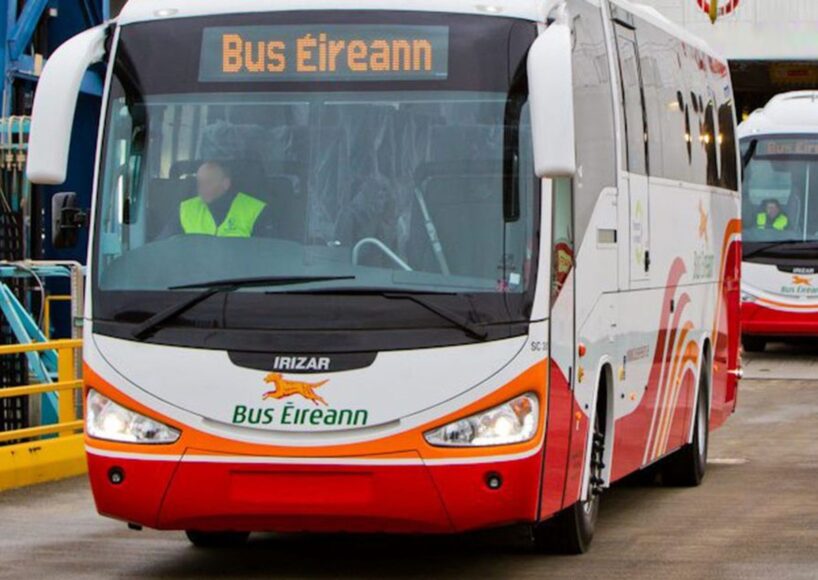University of Galway leading new project to tackle rare diseases that impact sight
Published:
-
-
Author: Our Reporter
~ 3 minutes read
From this week's Galway City Tribune
A consortium of 10 European academic, clinical and enterprise partners, led by the University of Galway, has been formed for a special project to test new treatments for rare eye diseases that affect the surface of the eye.
Some 30 million people in Europe suffer from blindness and visual impairment. Rare eye diseases are a major cause of blindness in children and young adults and also affect adults and the ageing population. Current management is expensive, has low efficacy, and significant side effects, according to those involved in the RESTORE VISION consortium
They plan to address this by formulating novel treatments and using repurposed drugs that have been validated in different disease indications.
The project will target seven rare eye diseases: aniridia-associated keratopathy; neurotrophic keratopathy; limbal stem cell deficiency; ocular cicatricial pemphigoid; EEC syndrome; ocular graft versus host disease; and corneal neovascularisation.
Many rare eye diseases have common denominators and treating the overlapping mechanisms of these different conditions should greatly increase the prospects of discovering new sight-restoring therapies. That’s according to Professor of Medicine at the College of Medicine, Nursing and Health Sciences at the University of Galway, Thomas Ritter.
Professor Ritter, a Science Foundation Ireland-funded investigator at Galway’s medical devices research centre, CÚRAM, is leading the consortium and has described the role as “a great honour”.
The diseases being targeted through the RESTORE VISION consortium are estimated to affect more than 500,000 people, representing 1.7% of the total visual impairment and blindness population in Europe.
The project involves six top institutions: the University of Galway; Linköping University, Sweden; Ospedale San Raffaele, Italy; Universidad Miguel Hernandez De Elche, Spain; INSERM, France; and University Hospital Cologne, Germany.
Three European SMEs are enterprise partners in the project – Cell2Cure, Denmark; Laboratoires KÔL, France; and Catalyze, the Netherlands. And a European patient organisation is also a partner – Aniridia Europe, Norway. Aniridia is a condition which results in a partial or complete absence of the iris.
The consortium will seek to improve eye health by verifying disease mechanisms, using cutting-edge models for each disease to test novel and repurposed compounds; formulating safe eye-drop suspensions or subconjunctival drugs; and performing first-in-human trials of novel therapies.
Common denominators in rare eye diseases include impaired wound healing at the cornea and ocular surface; excessive inflammation; nerve degeneration; stem cell dysfunction; and aberrant vessel ingrowth. According to the researchers, these represent a critical medical problem and an area of unmet medical need.
Drugs that have been extensively tested in pre-clinical studies by the RESTORE VISION academic and pharma partners, or treatments that are already on the market will be used in the project.
This will significantly reduce the usually lengthy and complex regulatory and drug development processes, ensuring rapid translation of these innovative treatments into the clinic, according to the consortium.
More like this:

Lack of evening bus service between Loughrea and City at ‘crisis stage’
The lack of an evening bus service between Loughrea and Galway city is getting to ‘crisis s...

Athenry student makes final of National Student Enterprise Awards
A third year student at Presentation College Athenry has made the finals of the National Student ...

Work begins on new footpaths for Rosshill Road
Works have started on new footpaths on Rosshill Road. Councillor Alan Cheevers says this infrastr...

Food truck reported stolen in Knocknacarra area
A food truck has been reported stolen from the Knocknacarra area. The ‘Everything I like Fo...

Galway IFA executives urge farmers to attend meeting with Euro elections candidates
13 MEP candidates for this region, Midlands North West will attend the IFA’s election meeti...

University of Galway report finds 23 per cent of 15 to 17-year-old girls at risk of depression.
A University of Galway report has found older girls are most likely to report low mental health, ...

Shots fired at house in city’s Castle Park
Criminal damage has been caused to a house in Castlepark in the city after shots were fired at th...

Call for plebiscite on directly elected Mayor of Galway to be included in June 7th elections
Senator Lisa Chambers is seeking a meeting with the Minister for Local Government Darragh O’...

Events across Galway to take place for Hello, How are you? on May 15th
Events will be held across Galway city and county on May 15th to mark Mental Health Ireland’...
Sign Up To get Weekly Sports UPDATES





